Ideas to consider and local examples of successful community-led projects.
Place-making ideas
Ideas to consider for your local neighbourhood and/or commercial centre.
 Creating an artwork is a great way to meet your neighbours and get everyone involved in the beautification of the community.
Creating an artwork is a great way to meet your neighbours and get everyone involved in the beautification of the community.
For more information contact ArtsAdvisors@ccc.govt.nz
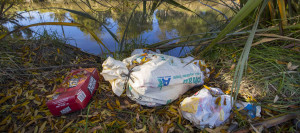 Keeping your local neighbourhood and/or commercial centre clean and graffiti-free can help foster a sense of community ownership and improve the perception of safety.
Keeping your local neighbourhood and/or commercial centre clean and graffiti-free can help foster a sense of community ownership and improve the perception of safety.
Organising a community working bee to keep the area clean is a quick, easy and low-cost way to make a big impact.
The Council supports and provides advice to communities looking to address local graffiti issues, such as through the painting of a mural.
 Community gardens are a great way to unite communities around the production and sharing of food.
Community gardens are a great way to unite communities around the production and sharing of food.
Although the more people that can help, the better, community gardens on shared land can be established by a small core group of people for relatively little cost.
 Communities know what they need. Each community will have different needs and abilities when developing and implementing their own community plan, to enhance a local commercial centre, for example. Community plans have a vision, actions and a prioritised implementation plan.
Communities know what they need. Each community will have different needs and abilities when developing and implementing their own community plan, to enhance a local commercial centre, for example. Community plans have a vision, actions and a prioritised implementation plan.
Community plans are not formally adopted by the Council, but can be recognised through promotion by community boards and can help guide decision-making by the Council and other agencies.
Actions involving physical projects (capital works) may require funding from the Council. This is normally done through the Council’s Long Term Plan (LTP), which is reviewed every three years.
The LTP outlines the activities, services and capital works the Council will provide, and when and how they will be financed, over the next 10 years.
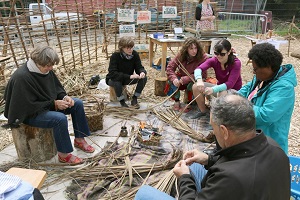 Markets, festivals and other organised events can be fun ways of getting the community together.
Markets, festivals and other organised events can be fun ways of getting the community together.
Whether regular or one-off, markets are a great opportunity to promote your community’s economy, creativity and bring people together.
Markets can take a lot of energy to begin and maintain over time. Be sure to have a dedicated group of engaged vendors and helpers.
Festivals to promote a particular cause or activity can also be one-off or on-going events. These can take the form of activity weeks, art and culture events, or an awareness-raising day.
Community events, like a back yard BBQ, street party to celebrate Neighbours Day(external link) or a picnic in a local park, are an opportunity to meet your neighbours.
These informal events are a great way to learn about shared community values and aspirations. See the Council’s Central City event venues map and event resources.
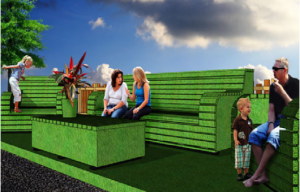
They are usually a small extension out from the footpath to the width of the adjacent car park, providing more space and amenities, such as café seating, for pedestrians.
They can provide a better business presence on the street, bring vibrancy to the immediate area and are also a quick and cheap way of trialling a proposed build-out or street upgrade.

Projects in vacant spaces create a sense of community ownership and bring vibrancy to the site.
There’s a range of organisations and options for funding your project that can help you shape a vacant space.
If one doesn’t already exist, start a business group or association to network, share information and resources, coordinate efforts and raise your business community’s profile/voice.
If your commercial centre already has an established business group or association, consider if a Business Improvement District (BID) is right for it.
Work together to:
- Run a regular networking event to get to know your business community and residents.
- Consider how your business group or association can support local job creation, business start-ups and social enterprise.
- Develop an event and marketing/social media strategy to provide a focus and direction for promoting your commercial centre. This could include a ‘shop local’ campaign to get local businesses and residents to support each other.
- Create a unique attraction that makes your commercial centre a destination that people seek out.
Consider temporarily leasing vacant premises to community groups who are looking for space for a place-making project. Contact Life in Vacant Spaces (LiVS)(external link) or urbanregeneration@ccc.govt.nz.
Local success stories
Examples of community-led place-making projects, and projects developed in partnership.

Photographs supplied by Carys Monteath.
A community comes together to repair their local playground that was lost to an arson attack.
After the 2015 arson attack, the Council did not have the necessary funds available to fix the playground.
The community set up a Facebook page and nearby business Ray White also set up a Give-a-Little Page.
The donations, along with support from the Lions South, Rata Foundation and (then) Spreydon-Heathcote Community Board, raised over half the cost of repairs.
The Council then agreed to underwrite the shortfall.
The play equipment was ordered, installed and a Teddy Bears’ Picnic was organised to celebrate the opening, which was attended by over 200 people.
| Project led by | Spreydon residents and businesses |
|---|---|
| Helpers | 8 (a mixture of community, Council staff and elected members) |
| Project duration | April – October 2015 |
| Cost | $40,000 |
| Funded by |
|
| Time to organise | Approximately 8 months |
| Supported by |
|
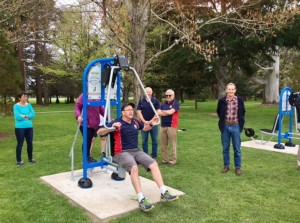 A local business wanted to enhance the nearby park by adding some exercise equipment that residents had expressed an interest in having.
A local business wanted to enhance the nearby park by adding some exercise equipment that residents had expressed an interest in having.
The business approached a member of the Fendalton-Waimairi-Harewood Community Board with a donation to fund the first station.
Burnside Park now has four stations, which has added a great resource for the community to use.
| Project led by | Commodore Hotel, Memorial Avenue |
|---|---|
| Helpers | 3 |
| Project duration | Launched in October 2017 |
| Cost | $50,000 |
| Funded by |
|
| Time to organise | Approximately 4 years |
| Supported by |
|
A response to discord between permanent residents and new students moving into the Riccarton west area regarding parties, vandalism and litter.
The event brought together over 200 university students and permanent residents to Harrington Park to share a day of fun activities.
It aimed to connect people and build local partnerships and community alliances. Participants were encouraged to feel involved in their community, which has led to involvement in a variety of other projects.
| Project led by | Steve Jones (Sergeant, Neighbourhood Policing Team) and Carol Renouf (Oak Development Trust) |
|---|---|
| Helpers | 6 |
| Project duration | February 2015 to February 2016 |
| Cost | $1,200 |
| Funded by | Halswell-Hornby-Riccarton Community Board's Discretionary Response Fund and donations from local organisations |
| Time to organise | Approximately 4 months |
| Supported by |
|
Since 2012 the local community has regarded Harrington Park as a community hub and undertaken a number of place-making projects within it.
Each of these has taken place as various community members have identified a need and then gathered support from fellow residents to lead and enable the projects.
While each of the following projects has been separate, they have led to a greater sense of community ownership in the park, resulting in less vandalism and damage within the park.
1. Mural upgrade

By 2012, a mural on the western fence of the park painted in the 1990s by students from Wharenui Primary School was laden with graffiti.
A deputation by one of the former students still living in the area to the then Riccarton-Wigram Community Board launched the first park project.
After the local fire brigade water blasted the old mural off the fence, the community repainted it a neutral colour and installed mural panels made by Wharenui Primary and Kirkwood Intermediate Schools’ students.
Bunnings came to the party with the framing structure for the panels and assisted with the installation.
| Project led by | Peter Simmonds and Riccarton Neighbourhood Policing Team |
|---|---|
| Helpers | 45 |
| Project duration | Five months during 2013-14 |
| Cost | $1,000 for the paint |
| Funded by | Riccarton-Wigram Community Board's Discretionary Response Fund |
| Time to organise | Approximately 12 months |
| Supported by |
|
2. Bulldozer upgrade

A donated Antarctic bulldozer had seen better days after many years of use, so the community got together to restore it to its previous glory.
The bulldozer had been donated to the community and placed at Harrington Park in the early 1980s by Riccarton Rotary and the US Navy.
It had been based at McMurdo Station in the Antarctic and was returned to Christchurch as part of a repair programme with Goughs, which put it back together as a non-operational machine.
After many years of use the much-loved piece of play equipment was overdue for restoration.
Two local residents, Wayne and Ken, decided a paint and panel job was needed to restore it to its previous glory. They organised the restoration by gaining permission through the Council's Parks Unit, engaging with the local community and contacting local businesses for assistance.
Although the original plan was to do the work on-site with labour coming from members of the community, the original lead-based paint on the bulldozer meant that it had to be taken off-site.
Wayne and Ken organised a panel beating company to do the work, free of charge, using it as a teaching experience for young apprentices. They also negotiated for a crane to come to lift it off and then return it to the site.
| Project led by | Wayne Chaney and Ken Twemlow (local Riccarton residents) |
|---|---|
| Helpers | 25 |
| Project duration | November 2016 to February 2017 |
| Cost | $645 for the crane and approximately $250 for a plaque and a celebration event |
| Funded by | Halswell-Hornby-Riccarton Community Board's Ward Enhancement allocation |
| Time to organise | Approximately 12 months |
| Supported by |
|
3. Toilet installation and painting

With the closest public toilets as far afield as either Westfield Mall or the Warehouse in Blenheim Road, many parents felt it was not worth taking their children to play in the park.
Council staff coached the community on how best to make a submission to Council's Annual and Long Term Plan processes and the installation of a toilet was included in the 2017-18 Annual Plan.
The Waipuna/Halswell-Hornby-Riccarton Community Board also contributed towards the electrical connections for the toilets.
Working with the Council's project team, the community was consulted on some appropriate designs and, at the park’s Community Day 2018, the community created artworks on two of the four walls.
The leaves of the tree outlined on one were made of the handprints of people, becoming the 'Handprints of Our Community'. The other wall was made up of a mosaic pattern which people contributed to painting.
The last wall was completed at the Community Day 2019. Messages of hello, peace and welcome were written on the wall in the over 65 languages of those present, forming ’The Languages of Our Community’.
| Project led by | Oak Development Trust |
|---|---|
| Helpers | 400+ |
| Project duration | October 2018 – October 2019 (mural painting) |
| Cost |
Annual Plan allocation - $115,000 Waipuna/Halswell-Hornby-Riccarton Community Board – $9,950 Mural painting - $2,000 |
| Funded by |
Christchurch City Council – Annual Plan Waipuna/Halswell-Hornby-Riccarton Community Board's Discretionary Response Fund Christchurch City Council – Urban Renewal Fund |
| Time to organise | Approximately 3 years |
| Supported by |
|

Taonga means treasure in Te Reo Māori and during the research and development for this walking tour of the Central City, many hidden taonga were discovered and explored.
In mid-2017 while on a visit to our inner city the project leaders wondered where all the people were.
About the same time, they were sad to hear and read in the media that locals, new migrants and tourists had an impression that Ōtautahi was a boring city.
They wanted to change impressions. They are also passionate about whānau moving more and doing physical activities together.
So they combined these passions and their idea for a guided treasure hunt was born. Their first treasure hunt was held in October 2017 - a two-hour walking tour, weaving around the Central City, learning and exploring our rich Māori and European heritage.
| Project led by | Grace Training NZ |
|---|---|
| Helpers | Over 100 people, from eight nationalities and aged from 2 months to 87 years old |
| Project duration | 14 to 15 October 2017 |
| Cost | Approximately $2,200 |
| Funded by | Social Enterprise Profit and a Council grant |
| Time to organise | 3 months |
| Supported by |
|

Delivered in partnership with the Council, the Green Lab (formerly Greening the Rubble) teamed up with the community to develop temporary installations on vacant land in Linwood Village.
The Green Lab, in partnership with the Council and key community members, engaged with the Linwood community to create a social/gathering place and garden on a temporarily vacant section in the Linwood Village.
The project aimed to add a public amenity and improve aesthetics in the village while testing ideas for the future of the village.
The Green Lab worked with community members to foster connections, action and pride. Over the course of a year, community ideas became a design, a suitable site was arranged and the project was installed and opened.
The project was named Koha Garden by the locals and consists of a performance stage and seating area, creative play equipment, raised planters with edible plants and in-ground plantings including a wildflower zone.
| Project led by | The Green Lab |
|---|---|
| Helpers | 9 |
| Project duration | 8 days, following the launched in May 2017 |
| Cost | $35,000 plus community contributions |
| Funded by | Council's Enliven Places Programme grant |
| Time to organise | Approximately 1 year |
| Supported by |
|

A planning process led by the community and facilitated and enabled by the Council.
It gives a very active community a focus for the things it wants to do for itself and strengthens the networks that will enable them to happen.
This community plan outlines a range of important issues that the Little River community faces, as well as its aspirations for the future.
As a plan of action, its 'Big ideas' contain a range of activities and initiatives that can be delivered by people working together in Little River, as well as projects that will draw upon the support of other agencies.
See Little River, Big Ideas for more information.
| Project led by | Little River Issues Working Party |
|---|---|
| Helpers | 8 people were in the working party |
| Project duration | February to November 2016 |
| Cost | Approximately $2,000 for developing the plan and significant working party contributions of time |
| Funded by | Council funding of $15,000 (the remainder was converted to a grant for the Wairewa and Little River Community Trust for implementation) |
| Time to organise | As above |
| Supported by |
|

The Council partnered with the New Brighton community to launch a competition for design ideas for the construction of five temporary, small-scale, playful installations named 'Tiny Huts'.
The design competition received over 100 entries. The five winning designs were built by the partnering construction companies.
When the project ended after summer 2017, the community voted to keep the huts around New Brighton.
While one had to be decommissioned, four have remained in new locations.
| Project led by | The Council |
|---|---|
| Helpers | 5 community custodians and various Council staff |
| Project duration | Launched in October 2016 |
| Cost | $60,000 |
| Funded by |
|
| Time to organise | Approximately 7 months |
| Supported by |
|
The Shirley Shine event was established when research identified that the community did not feel safe in their local park.
The event has helped the community regain ownership of McFarlane Park and changed perceptions, so it is now thought of as a safe park to come and play.
The event also enables the community to connect, share information, create a sense of pride and place through fun, and have opportunities to celebrate, fundraise or try something new.
| Project led by | Shirley Community Trust |
|---|---|
| Helpers | 8 in the organising committee, 60 volunteers on the day |
| Project duration | Annual event in November |
| Cost | $6,000 |
| Funded by |
|
| Time to organise | 11 months |
| Supported by |
|

The Latimer Neighbourhood is located in the east of the Central City between Fitzgerald Ave and Armagh, Manchester and Lichfield Streets. The neighbourhood experienced significant growth post-earthquake with residents attracted to live in the area for the close proximity to employment, activities and vibrancy. With an emerging identity the neighbourhood hadn’t yet developed a strong sense of community.
This project sought to activate and strengthen neighbourhood and residents’ networks through community engagement. A process was developed to invite residents to share their skills, interests and contact information. This information was compiled as a Neighbourhood Book and was used as a tool to connect people based on their interests. Several neighbourhood events were organised to enable people to meet their neighbours and begin to connect over shared passions. As a result, a group of residents have become more connected to work together on projects in their neighbourhood (e.g. setting up regular events).
Residents wanting to undertake a similar exercise are able to access the materials for this project from the Project 8011 webpage.
| Project led by | Gap Filler and neighbourhood residents |
|---|---|
| Helpers | The Council |
| Project duration | March 2021 – December 2022 |
| Cost | $30,000 |
| Funded by | The Council |
| Time to organise | 3 months |
| Supported by |
|
Related news
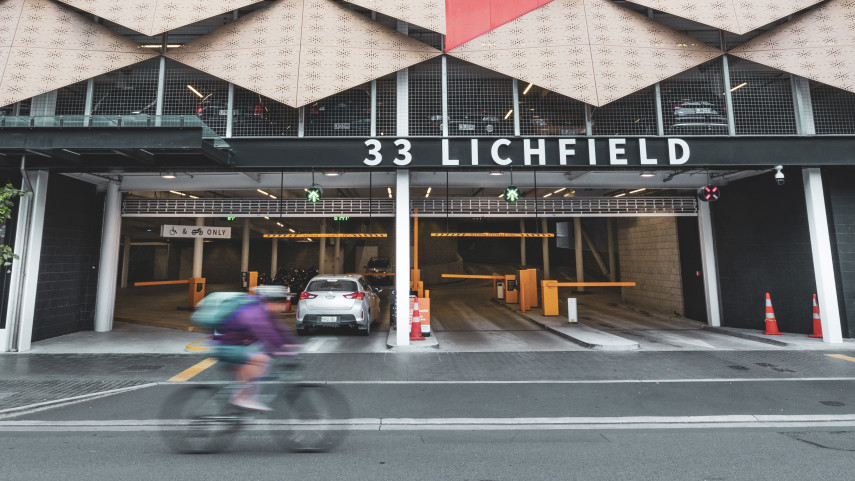
Consultation opens for Lichfield Street Carpark
Christchurch residents are being encouraged to give their feedback on the future of Council-owned Lichfield Street Carpark.
10 Nov 2025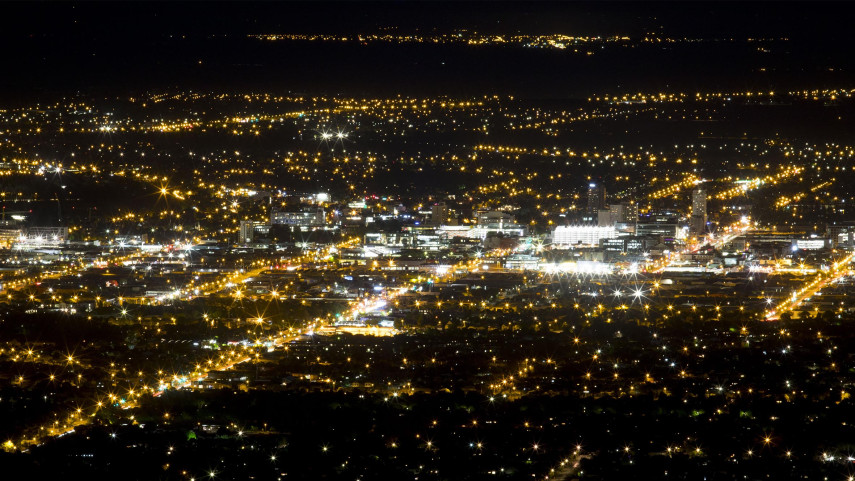
Feedback invited on central-city noise rules
Christchurch City Council is inviting residents and businesses to have their say on options for managing noise in the central city.
25 Jun 2025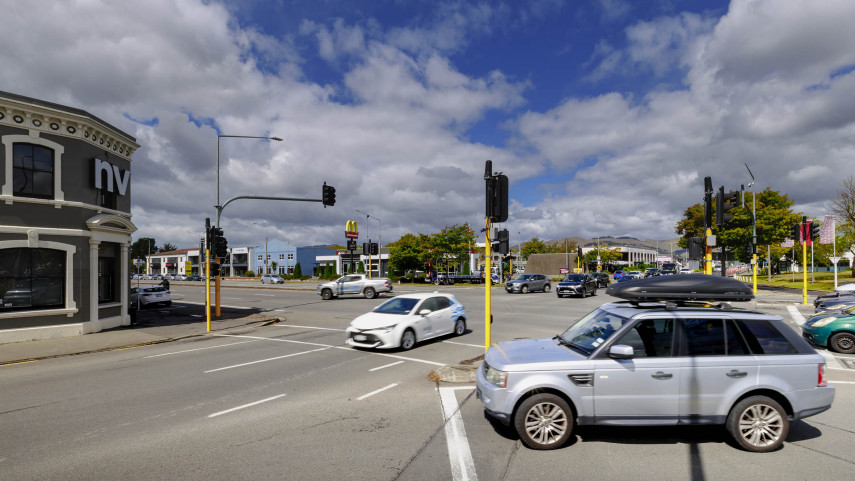
News in brief from the Christchurch City Council meeting
Improvements on Moorhouse Avenue, speed limits around schools, tsunami sirens and Central City development contributions – here are the key decisions made at today's Christchurch City Council meeting.
18 Jun 2025